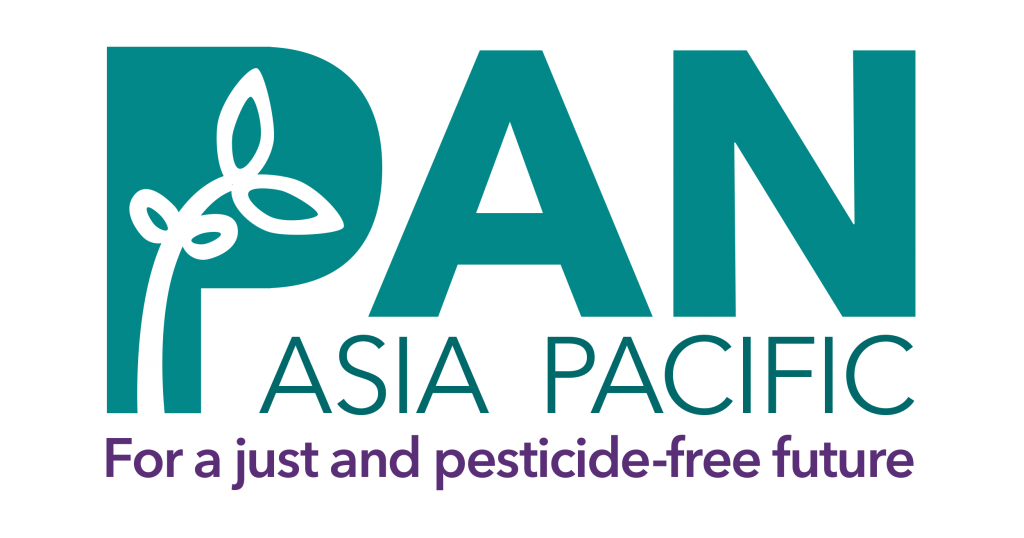(Rome) – The technical committee of the Rotterdam Convention on Prior Informed Consent (PIC) in the Trade of Certain Hazardous Chemicals and Pesticides met in Rome from Sept 14th to 16th, to consider notification of final regulatory action on several pesticides and industrial chemicals. Notable amongst these was the reconsideration of notification from the EU and 8 West African countries of their bans of the herbicide atrazine, which stalled at the meeting last year. And it stalled again this year. Unsurprisingly politics seem to be playing a part in this process as suddenly a higher standard of risk evaluation is required for this widely used herbicide to progress through the listing process than has been seen for other chemicals. Some countries have particularly targeted the decision making process in the EU where atrazine was banned because of its presence in drinking water but no assessment of adverse effects on people was carried out. The non-party observer USA even tried to stop the Committee considering atrazine again. However, PAN AP’s Meriel Watts was able to get the committee to progress discussion at this meeting despite reluctance from a number of committee members to do so.
On a brighter note, the proposal to list a severely hazardous pesticide formulation of carbofuran containing 330 gm active ingredient per litre was successful – Colombia had proposed this formulation after finding that 95% of people poisoned by carbofuran were poisoned with this formulation. Of 699 cases of pesticide poisoning recorded between 2011 and 203, 408 were caused by carbofuran. Draft Decision Guidance Documents for the active ingredients carbosulfan and carbofuran were also agreed and will be forwarded to the Conference of Parties next April for a decision on listing under the Convention.
And the meeting was rounded out by an excellent presentation from PAN UK scientists Stephanie Williamson, on nonchemical alternatives to highly hazardous pesticides, particularly carbofuran on coffee and tomato in Costa Rica, and Rina Guadagnini on PAN UK’s project with FAO on HHPs in former Soviet Union Countries.






Discussion about this post